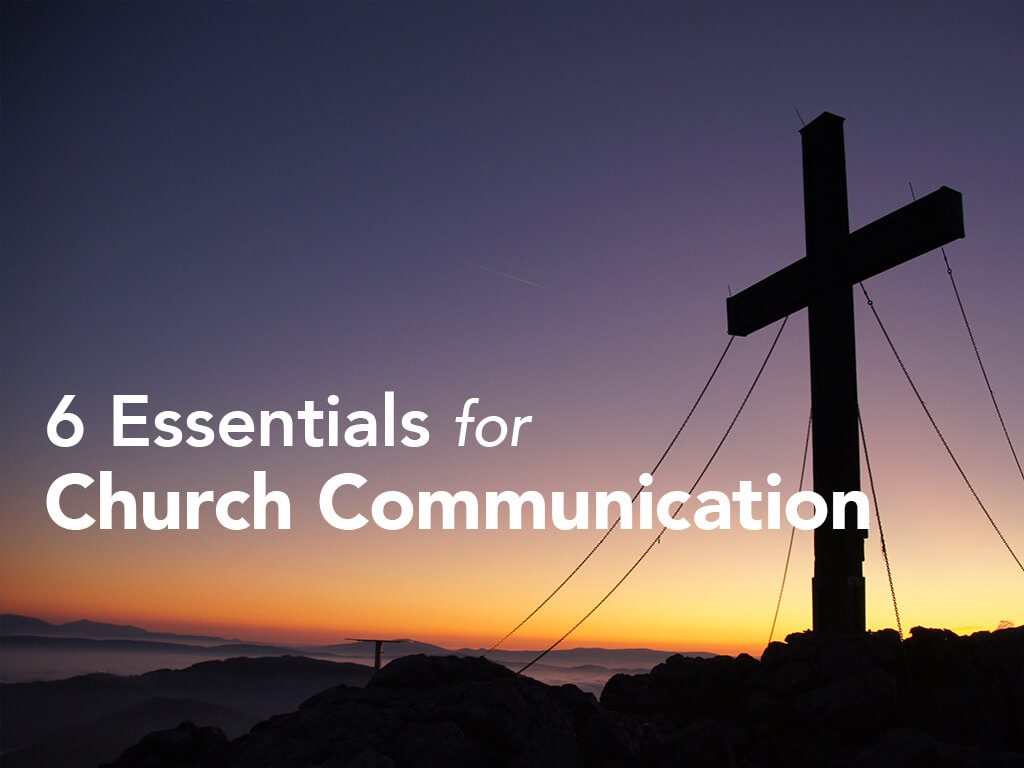I remember watching a friend lead a church planting team that was made up of some unlikely friends.
He had a diverse team. He had 19-year-old college students, married couples in their 30’s with young kids, professionals, and older adults in their early 70’s who just retired. It seemed to be a lot of fun. They ate together, they prayed together, and worked hard to reach their community with the Gospel of Jesus Christ. I learned a few things about communication from watching this diverse group. I learned that a good leader must communicate well in order to lead well. My friend had to figure out ways to communicate with his group members individually as well as as a whole.
Here’s what I learned from his stories:
First, know your people.
Keep a database with everyone’s demographic information and contact information. As the group grows, this becomes essential. He knew who he was leading, what their responsibilities were, and how to get a hold of them. He was able to easily share it with others because he used a Church Management Software like Realm.
Second, know your communication channels.
Snail mail still works, but it’s slow and some people don’t open it unless it’s a bill. Some people prefer phone calls, others rely on social media. Text messages work sometimes, but some people don’t respond well to them. Some people check their emails daily, and others haven’t opened their emails for months. No one communication channel works for everyone. Find a channel that works for everyone where you manage things like coordinating events, childcare, meal planning, communicating and more, all in one. Make it easy on yourself.
Third, teach and train people to look in certain places.
They created a private Facebook Group that coincided with their ChMS to communicate most of their needed information. He showed people how to use these platforms to make sure they were familiar with them. He asked people to check these weekly so that they could know what was going on. Here, they could put their meeting times, prayer requests, and project timelines in these two systems so that people could find the information they needed easily.
Fourth, know what you’re saying.
Regular information, like meeting times, can be placed on social media groups, emails, and websites. Sensitive information should go in secure locations.
Timely information, like unforeseen changes to times or locations, should be everywhere. It should be texted, emailed, on the Church calendar, and on social media. Remember to call those who don’t have easy access to these channels so that they don’t miss an opportunity or show up at the wrong time or place.
Big information, like a change in direction or new initiative, should be done face to face. Some people can take this information over a phone call, but you have to know your people. When in doubt, meet them in person
Fifth, be consistent.
Put the same things in the same places. Don’t change the way you communicate. Consistency improves efficiency and reduces anxiety. Once people know where to look for information, keep it current.
Sixth, be up-to-date.
While they were meeting house-to-house preparing to launch our church, they had to leverage electronic and face-to-face communication, but once a building was secured, they used lots of signage, announcements, and bulletin boards. These work in a building but make little sense in a living room. Use videos, graphics, handwritten notes, snail mail, text messages, emails, social media, and ChMS systems as they fit your communication needs and help you lead.
Though this story relates to planting a new church and working with less people in the start, these communication tips work for churches of all sizes. Whether you are meeting in your own living room, going to your neighborhood congregation, or watching online from afar, strong communication is important to keep your members up-to-date and ready to get engaged.
How do you manage your church communication?





Here’s a faux bit of coding for digital evangelism:
I like the idea of using snail mail and handwritten notes to stay up-to-date. I’ve been thinking about joining a church and think it would be wonderful if the community could communicate to one another so that meetings run more smoothly and people get to know each other better. Thank you so much for the communication tips!